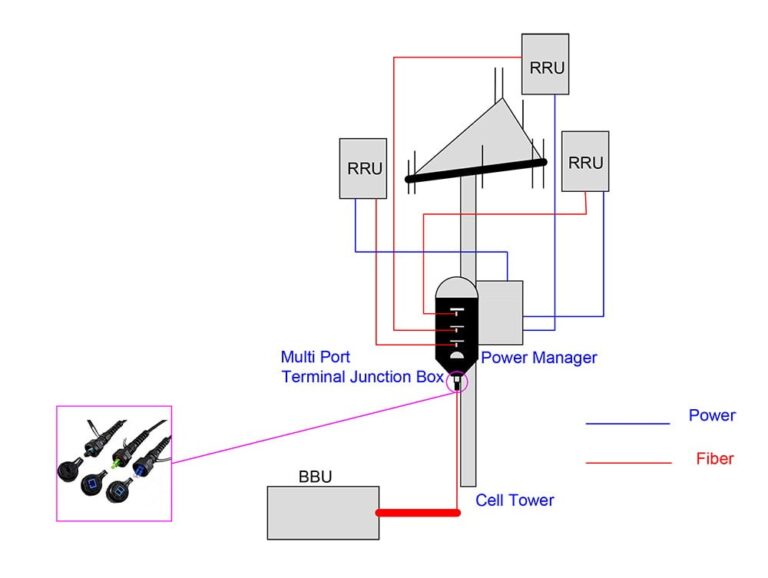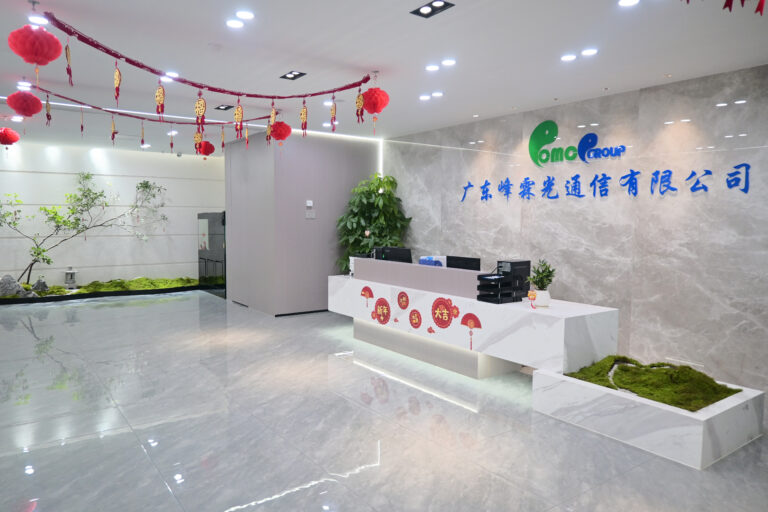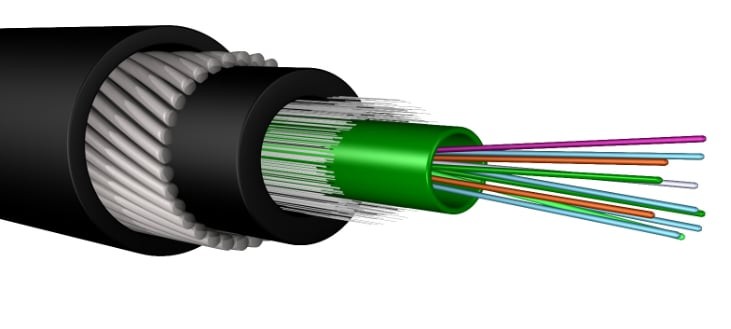In today’s rapidly evolving digital landscape, CPRI fiber plays a crucial role in modern wireless communication systems. As the demand for higher data transmission speeds and enhanced network reliability increases, CPRI cable has emerged as a key technology that supports these requirements. This article explores the definition, advantages, applications, and important considerations associated with CPRI cable, highlighting its transformative impact on 5G and future network infrastructures.
What is CPRI cable?
CPRI cable refers to the optical fiber solutions used to implement the Common Public Radio Interface (CPRI) protocol. The CPRI protocol is designed to facilitate high-speed, low-latency data transmission between base stations and remote radio units (RRUs). By utilizing optical fibers, CPRI fiber provides the necessary bandwidth and minimal latency needed for effective communication in complex wireless networks. This technology ensures that data is transmitted seamlessly across different parts of the network, making it indispensable in today’s interconnected communication environment.
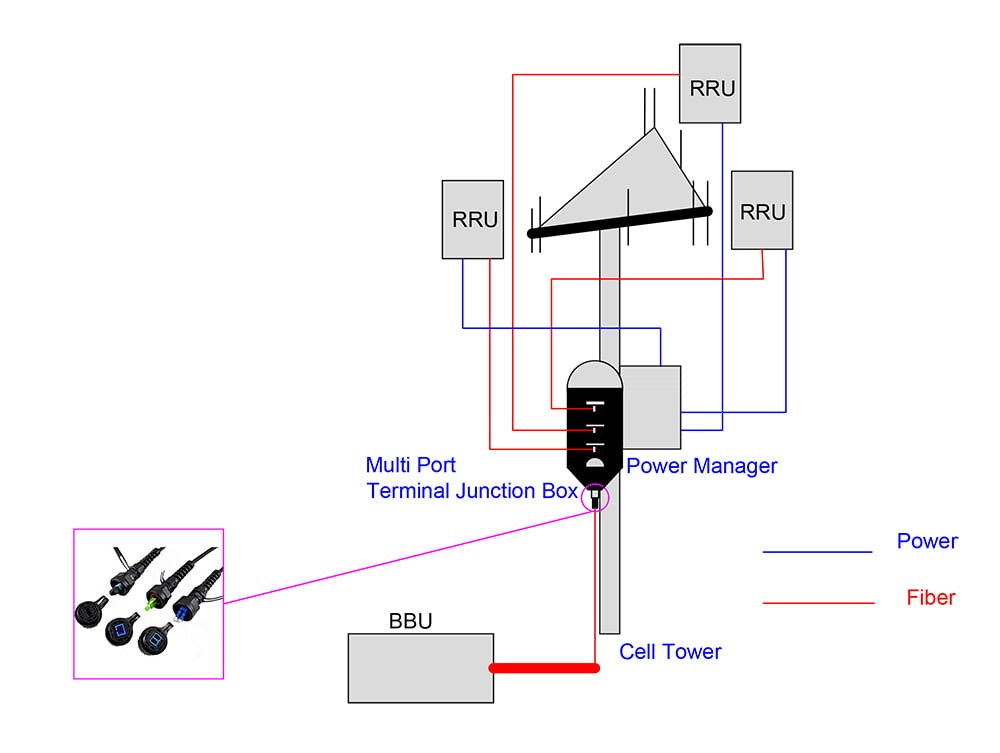
Key Advantages of CPRI cable
High-Speed Data Transmission
One of the primary benefits of CPRI cable is its ability to support exceptionally high data rates. Optical fibers can handle transmission speeds that far exceed those of traditional copper cables, which is critical in scenarios where large amounts of data must be processed quickly. This high-speed capability is particularly important in the deployment of 5G networks, where rapid data transfer is essential for supporting advanced applications and services.
Low Latency
Latency is a critical parameter in wireless communication, and CPRI fiber excels in this area by significantly reducing transmission delays. Low latency is crucial for applications requiring real-time data exchange, such as autonomous driving, augmented reality, and telemedicine. The use of optical fiber ensures that signals travel at the speed of light, resulting in delays that are almost imperceptible to end-users.
Robust Signal Integrity and Minimal Interference
Unlike copper cables, which can be susceptible to electromagnetic interference (EMI), CPRI cable is immune to such disruptions. This immunity ensures that data integrity is maintained even in environments with high levels of electrical noise. For network operators, this translates into fewer data errors and reduced maintenance costs, as the fiber’s robust performance minimizes the impact of external interference.
Applications of CPRI cable in Modern Networks
With the advent of 5G technology, CPRI fiber has become a cornerstone in building advanced network architectures. Its high-speed, low-latency properties are leveraged to enhance front-haul connectivity—the critical link between the central processing unit of a base station and its remote radio units. This connectivity is vital for maintaining the quality of service (QoS) demanded by modern mobile applications, including high-definition video streaming, interactive gaming, and IoT devices.
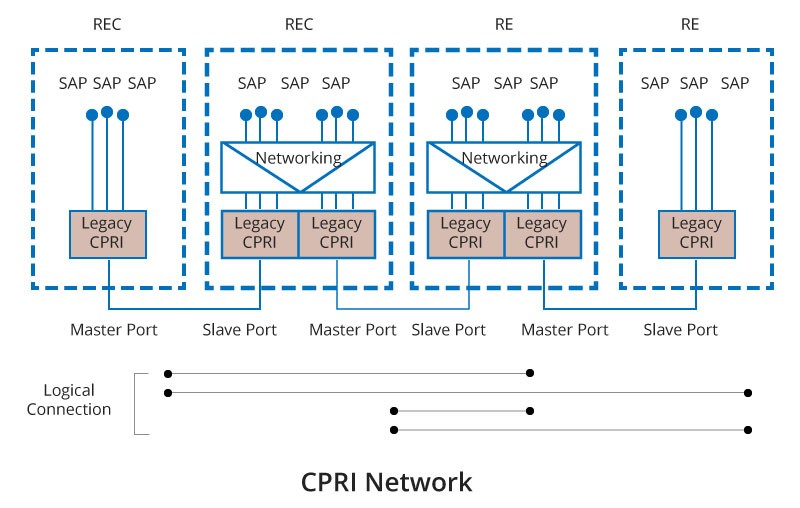
Moreover, CPRI cable is integral to the evolution of smart cities and industrial automation. By providing reliable communication channels, it facilitates real-time monitoring and control systems across urban infrastructure and industrial plants. These applications require constant, uninterrupted data exchange, which CPRI fiber efficiently delivers.
Considerations When Implementing CPRI Cable
When planning the deployment of CPRI cable, network designers and operators should take several factors into account:
Fiber Type Selection: The choice between single-mode and multi-mode optical fibers can influence transmission distances and data rates. Single-mode fibers are typically preferred for long-distance transmissions, while multi-mode fibers may be used in shorter, localized networks.
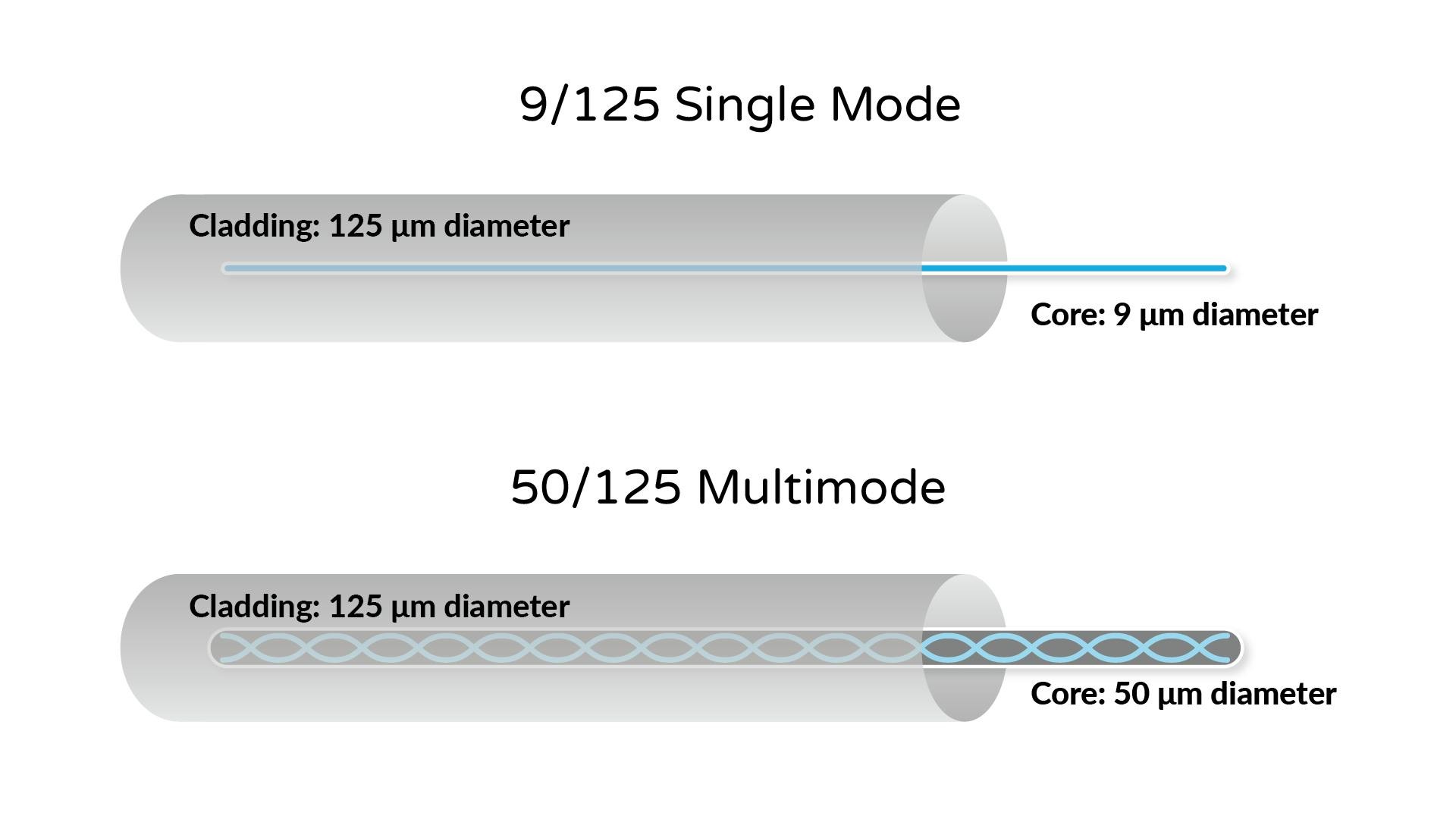
Interface Compatibility: Ensuring that the optical fiber connectors and transceivers are compatible with existing network equipment is critical. Proper alignment and matching of interfaces can optimize performance and reduce installation issues.
Environmental Factors: The performance of CPRI fiber can be affected by environmental conditions such as temperature, humidity, and physical stress. Selecting fibers with appropriate protective coatings and housings can mitigate these risks and ensure long-term reliability.
Cost Implications: While the initial installation of CPRI cable may involve higher costs compared to traditional cabling, the long-term benefits in terms of reduced maintenance, enhanced performance, and future-proofing justify the investment.
Conclusion
CPRI cable is redefining the landscape of wireless communication by providing a robust, high-speed, and low-latency solution essential for the next generation of network technologies. Its advantages in data transmission speed, interference resistance, and extended reach make it a fundamental component in the evolution of 5G and beyond. As industries and cities continue to demand smarter, more connected solutions, the adoption of CPRI fiber is set to accelerate, paving the way for more efficient, reliable, and scalable communication networks.
By understanding the critical role of CPRI cable and carefully considering its deployment, network operators can significantly enhance their infrastructure’s performance, ensuring that they are well-prepared to meet the growing demands of our digital future.


